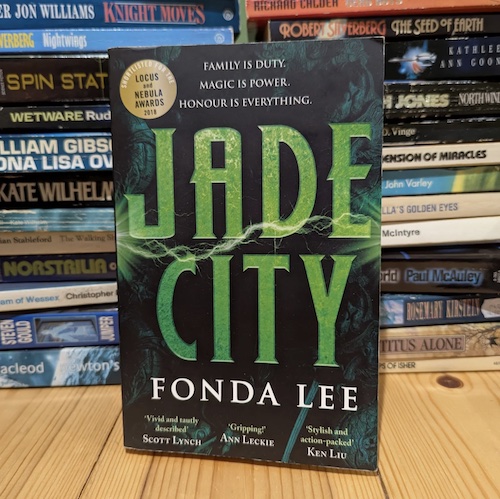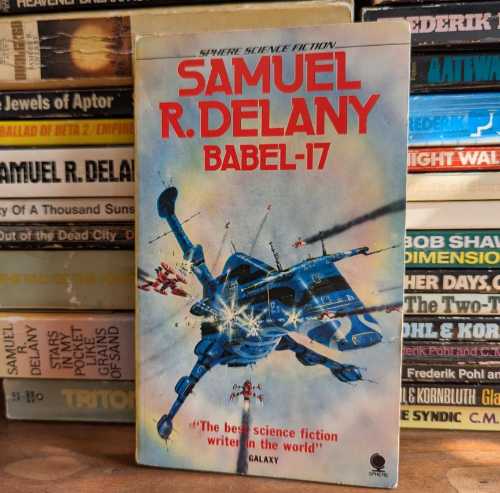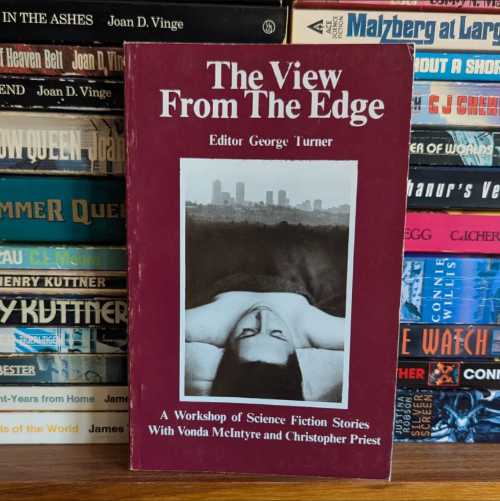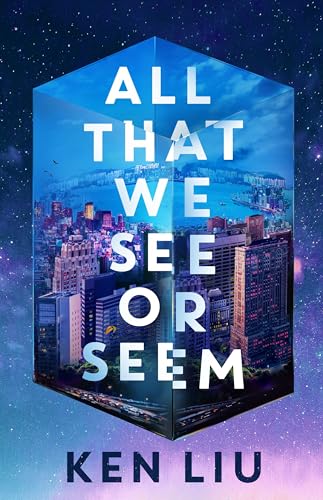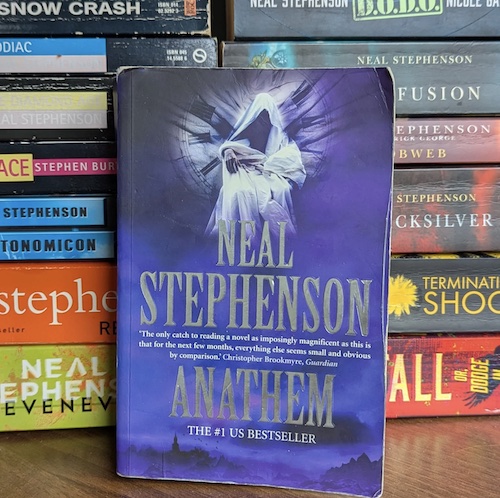Jade City
★★★★★The city of Janloon is engulfed in the internecine war of its two rival crime families over Jade - a powerful gemstone that enhances a warrior’s strength and speed.
This is an urban fantasy that’s light on the fantasy, mixing kung fu influences with Mafia-style crime families in a modern Asian-inspired setting. There’s a heavy emphasis on relating Kekon’s history, religion, and culture through exposition, making for a slow burn narrative that’s light on plot, deep on character and worldbuilding. Halfway in, there’s a major turning point and the narrative ratchets up nicely, but unfortunately it couldn’t seem to maintain the pace through to the finale.
I’m told the second and third books are the payoff for this slow scene setting with potential to explore wider colonial themes of resource appropriation, but even so, for me the world didn’t feel lived in. I had a rich Wikipedia entry and a handful of sparsely evoked locations that didn’t deliver a cohesive sense of the city or the wider island. It wasn’t a place I fell in love with like New Crobuzon or Nessus.
Although Jade’s low magic imbues the ethnic warriors with powers such as Steel and Light, it’s much more interesting for its economic and political consequences. Jade is less of a magic system, more a resource like the spice in Dune - highly valuable, ritualistic, addictive, and a weapon. It’s more natural phenomenon than magic - a power that becomes magical through how people mythologise and control it.
As a study of a crime family and its flawed characters, Jade City excels. There are some very real moments of heartbreak and stirring dialogue, and the characters jump off the page as they struggle to balance duty to family and clan with their personal desires. But as a fantasy, it’s weak, its worldbuilding is too expositional, and the plot beats are thin on the ground. If you like The Godfather and Asian martial arts films, then this crossover will appeal, for me I’m hoping for more than that in the sequels.
